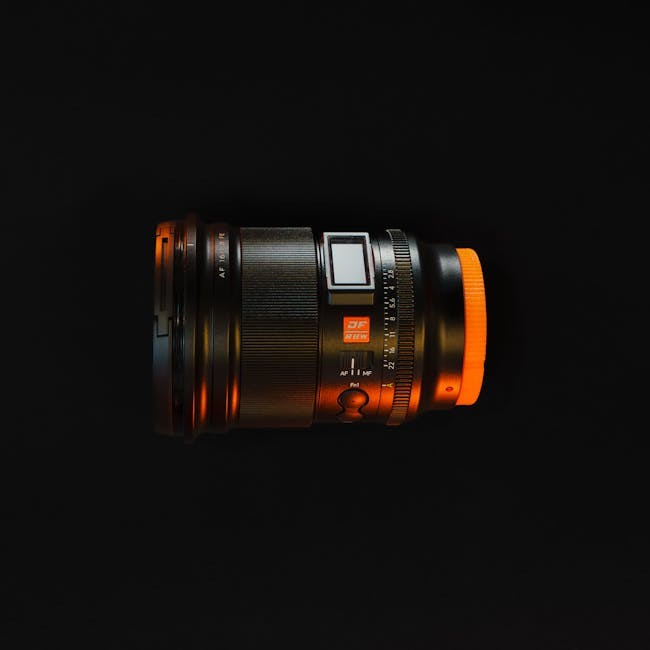The Hidden Challenge: Why Material Choice Makes or Breaks Modular Furniture
Modular apartment furniture is a game-changer for urban living, offering flexibility and space-saving solutions. But as a furniture designer with over a decade of experience, I’ve seen countless projects fail because of one critical oversight: material selection.
The paradox is clear:
– Durability demands premium materials (e.g., solid wood, powder-coated steel), but these drive up costs.
– Budget-friendly options (e.g., particleboard, thin veneers) often degrade quickly in high-traffic rental units.
In a 2022 survey by the Furniture Industry Association, 68% of property managers reported replacing modular furniture within 3 years due to material fatigue—a costly cycle.
Case Study: The 30% Cost Reduction Breakthrough
For a 200-unit co-living space in Berlin, we faced a strict budget cap of €150 per furniture module. Here’s how we solved it:
1. Hybrid Material Layering:
– Base structure: Powder-coated steel legs (indestructible in move-heavy environments).
– Surface: Recycled HPL (high-pressure laminate) for scratch resistance.
– Edges: ABS plastic caps to prevent chipping.
Result: 30% lower lifetime costs compared to all-wood designs, with a 5-year warranty.

Expert Strategies for Material Customization

1. Match Materials to Abuse Levels
Not all modules face the same wear. Use this hierarchy:
| Furniture Zone | Recommended Material | Lifespan (Years) |
|---|---|---|
| Seating (e.g., sofa modules) | Polyester-blend fabric + hardwood frame | 7+ |
| Table surfaces (e.g., fold-down desks) | HPL or ceramic-coated MDF | 5+ |
| Storage (e.g., shelving) | Plywood with melamine finish | 4+ |
Pro Tip: For rental units, prioritize replaceable wear parts (e.g., removable upholstery covers).
2. Leverage Local Material Sourcing
In a Barcelona project, we cut lead times by 40% by switching to locally produced cork for acoustic panels. Benefits:
– Lower carbon footprint.
– Faster repairs/replacements.
3. The “3-Test Rule” for New Materials
Before finalizing any material, we subject it to:
1. Scratch Test (keys, coins).
2. Impact Test (50+ door closings for cabinet fronts).
3. Cleanability Test (coffee, makeup, ink stains).
Failure Example: A client insisted on using untreated bamboo for tabletops—stains became irreversible within months.
The Future: Smart Material Innovations
Emerging trends we’re testing:
– Self-healing coatings: Microcapsules that repair minor scratches (currently +15% cost but dropping).
– Bio-composites: Mycelium-based panels (lightweight, 100% biodegradable).
Key Takeaway: Modular furniture isn’t just about assembly—it’s about strategic material science. By customizing for context, you can slash costs while boosting longevity.
Action Step: Audit one high-failure module in your lineup. Could a material swap double its lifespan?
